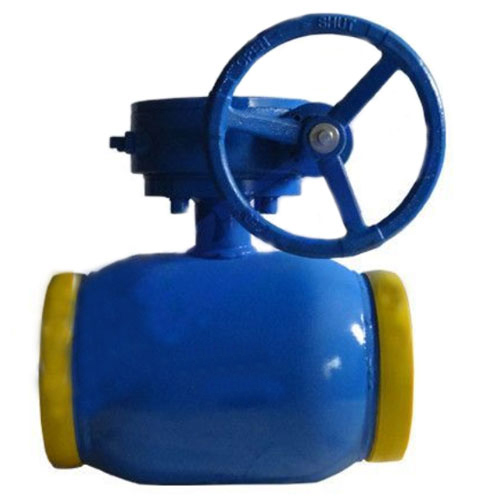stop check valves
Understanding Stop Check Valves A Comprehensive Overview
Stop check valves are crucial components in fluid systems, particularly in applications where the control of fluid flow is essential. These valves combine the functions of a stop valve and a check valve, thereby offering enhanced functionality in various industrial and commercial applications. In this article, we will delve into the design, operating principles, applications, and advantages of stop check valves.
What is a Stop Check Valve?
A stop check valve is designed to prevent backflow while allowing the operator to shut off the flow of fluid. It incorporates a mechanism that permits the valve to stop the flow when necessary, while also preventing reverse flow, which could lead to system contamination or damage. The design typically consists of a disc or a movable element that allows fluid to pass in one direction but closes tightly when the flow attempts to reverse.
Design and Operation
The stop check valve operates on a simple principle. When fluid flows in the intended direction, the valve opens to allow passage. If the flow stops or attempts to reverse, the valve’s disc closes due to gravity or a spring mechanism. This ensures that there is no backflow into the system, which is particularly important in piping applications where backpressure can cause significant issues.
Stop check valves are available in various designs, including swing type, lift type, and diaphragm types. The choice of design often depends on the specific application requirements, such as space constraints, flow rates, and the nature of the fluid being controlled.
Applications of Stop Check Valves
These valves find applications across various industries. Some common uses include
1. Water Treatment Plants In water supply systems, stop check valves prevent backflow that could compromise water quality. They ensure that treated water does not re-enter contaminated sources.
stop check valves

3. Power Generation Turbines and boilers in power plants use stop check valves to maintain proper flow direction and prevent backflow, which can lead to equipment damage and operational inefficiency.
4. Heating, Ventilation, and Air Conditioning (HVAC) In HVAC systems, these valves help control fluid circulation and ensure that the pumps operate effectively without the risk of backflow.
Advantages of Stop Check Valves
1. Dual Functionality By combining the features of a stop valve and a check valve, stop check valves minimize the number of components required in a system, leading to space savings and simplified installations.
2. Prevent Contamination They effectively prevent backflow, which is crucial for maintaining the integrity of fluid systems and protecting the purity of fluids in critical applications.
3. Maintenance Stop check valves typically require less maintenance than traditional valves since they can operate with minimal moving parts in many configurations.
4. Versatility With various designs and material options, stop check valves can be tailored to meet the needs of diverse applications, whether dealing with water, chemicals, or steam.
Conclusion
In conclusion, stop check valves play an indispensable role in modern fluid control systems. Their ability to prevent backflow while allowing for flow control makes them vital in ensuring safety and efficiency across multiple industries. As technology advances, the design and implementation of stop check valves will likely evolve, further enhancing their functionality and reliability. Their unique capabilities hold significant promise for improving fluid management in various applications, making them an essential component in engineering and industrial design. Understanding their operation and advantages will enable engineers and industry professionals to make informed decisions when integrating these valves into their systems.
-
3 types of check valves maintenance tipsNewsAug.23,2025
-
Ball valves types with trunnion mounted designNewsAug.23,2025
-
Butterfly valve company production capabilitiesNewsAug.23,2025
-
Fisher globe valve technical specificationsNewsAug.23,2025
-
Types of gaskets for flanges selection guideNewsAug.23,2025
-
Wedge gate valve suppliers quality standardsNewsAug.23,2025
-
Breakthrough in Domestic Low Temperature Valve Technology in ChinaNewsAug.18,2025




